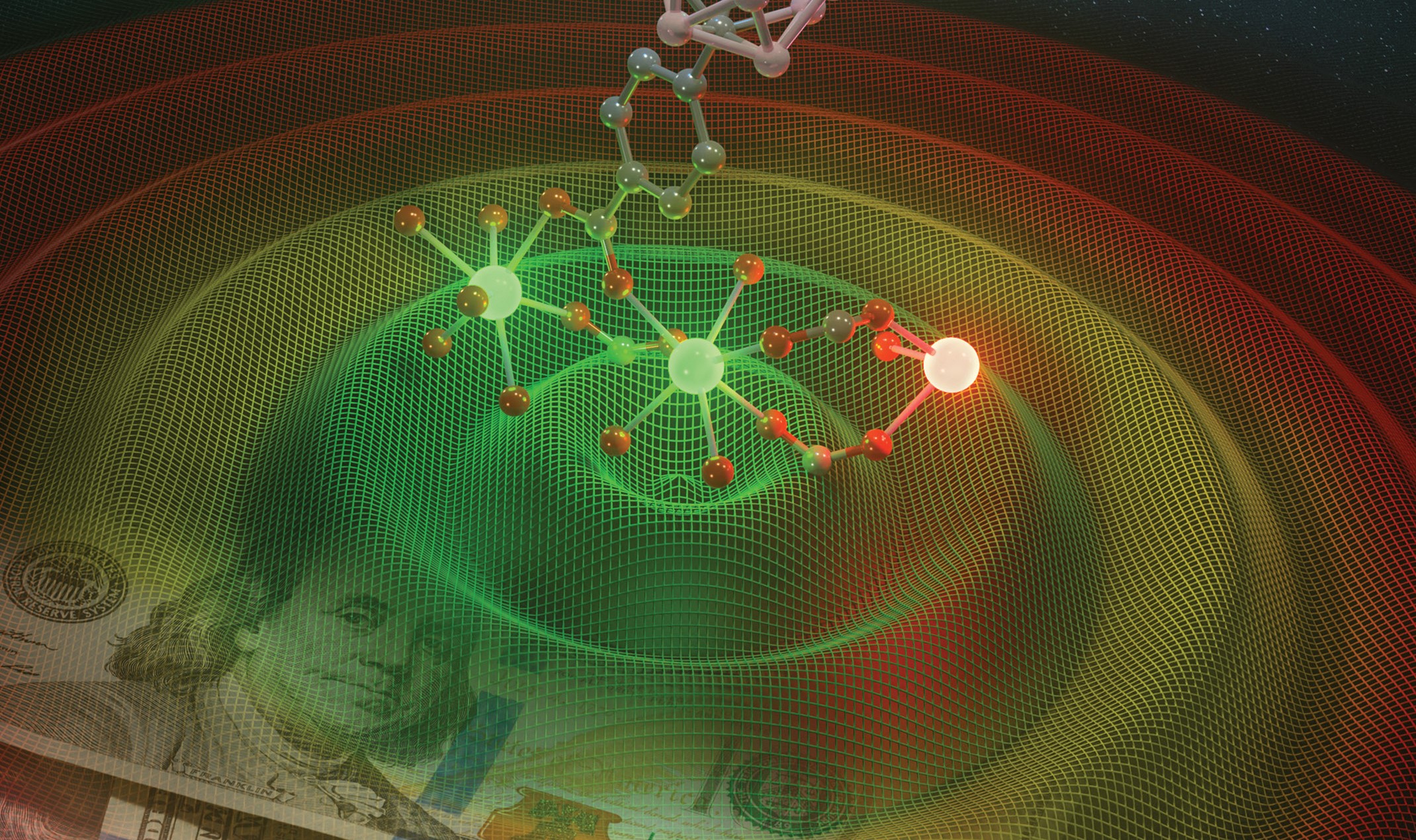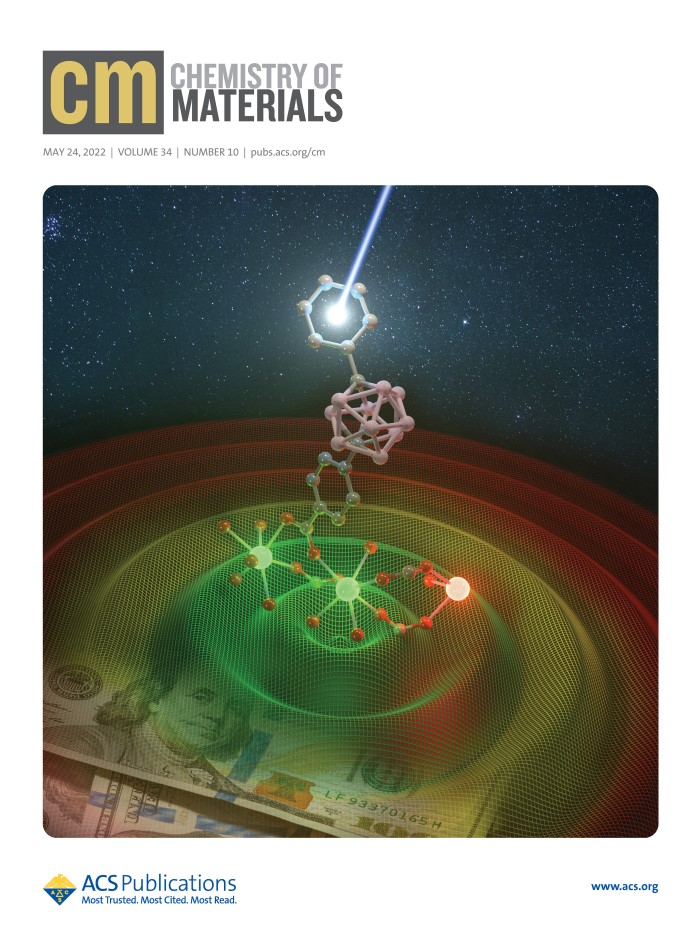A study led by researchers from the ICN2 and the ICMAB and published in “Chemistry of Materials” demonstrated the remarkable and tunable optical properties of a set of new materials –made of metal-organic frameworks combined with lanthanide and carbon-boron clusters. By suspending these materials in water, luminescent watermarks and bar-codes that change in the microsecond scale can be printed on papers for anticounterfeiting purposes.

Anti-counterfeiting is a technology field in continuous development since new methods of preventing illegal copies of documents and banknotes are constantly needed. Luminescent watermarking and bar-coding are increasingly used, and new sophisticated techniques are being introduced. A team of scientists led by Dr Claudio Roscini and Prof. Daniel Ruiz-Molina, senior researcher and group leader –respectively— from the ICN2 Nanostructured Functional Materials (Nanosfun) Group, and by Dr José Giner Planas, tenured scientist at the Institute of Materials Science of Barcelona (ICMAB-CSIC), has developed a set of new materials that exhibit more intense and tunable emission luminescence, which can be employed to produce inks for advanced anticounterfeiting applications.
The new materials proposed in this study, most of the experimental work of which was carried out by Zhen Li, PhD student at the ICMAB, are based on metal-organic frameworks (MOFs), lanthanide ions and carbon-boron (or carborane) clusters. MOFs are a class of compounds –made of metal ions and organic molecules— renowned for their porosity and their unique ability to take-up, hold and release molecules from their pores. These characteristics make of MOFs one of the most growing family of materials in current chemistry. By combining them with lanthanides –in turn, a group of elements with specific characteristics indicated altogether with the symbol Ln—, it is possible to obtain materials showing remarkable optical properties, including intense and long-lived luminescence, as well as narrow and strong emission radiation bands.
The authors of this study, which has been published in Chemistry of Materials and featured on the front cover, introduced very stable carborane clusters into these frameworks to produce various materials (with different molecular geometries), which provided increased and controllable luminescence compared with the carborane-free analogous. MOFs containing carborane clusters had been synthetised in the past, but this is the first study revealing their interesting and outstanding luminescence properties.
The researchers proved that water-based inks comprising these compounds can be produced to print watermarks and bar-codes that show luminescent patterns only under UV radiation (while invisible in normal light) on paper and other substrates. Noticeably, the time-dependence and the tunability of the luminescence (with the colour changing from green to red passing through yellow) open the way to the development of new methods of controlling and preventing illegal copies of sensitive identity documents, banknotes and certificates.
Specifically, thanks to this time-dependent luminescence, dynamic bar-codes that change upon time in the microsecond scale can be printed on papers. Such optical feature enables the development of very innovative anticounterfeiting technologies, a field to which the Nanosfun group has already brought many contributions, with a variety of techniques and security inks based on chromogenic and emissive materials.

Image: Front cover of the issue of "Chemistry Material" highlighting the work discussed in this article. Credit: Dámaso Torres, ICN2.
Reference article:
Zhen Li, Rosario Núñez, Mark E. Light, Eliseo Ruiz, Francesc Teixidor, Clara Viñas, Daniel Ruiz-Molina, Claudio Roscini, and José Giner Planas, Water-Stable Carborane-Based Eu3+/Tb3+ Metal–Organic Frameworks for Tunable Time-Dependent Emission Color and Their Application in Anticounterfeiting Bar-Coding. Chemistry of Materials 2022 34 (10), 4795-4808. DOI: 10.1021/acs.chemmater.2c00323

